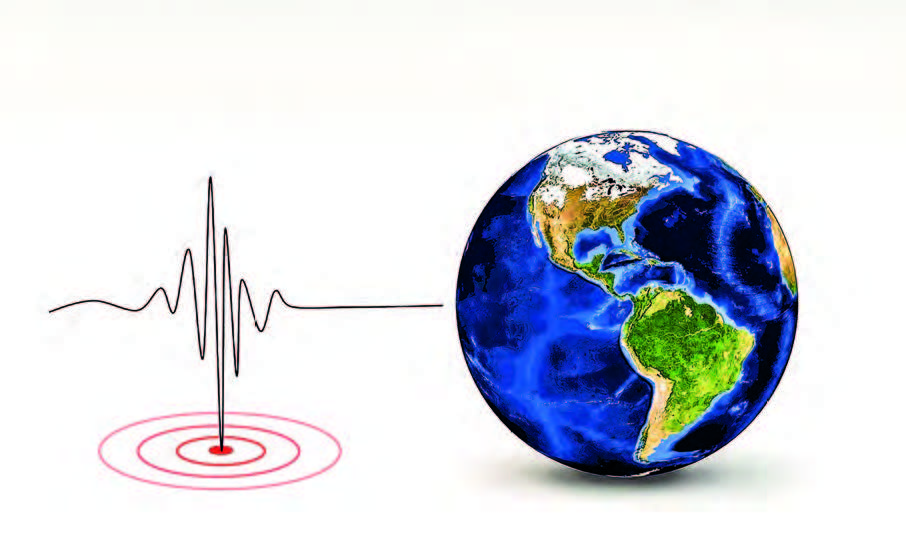By Dr Than Lwin Tun
EARTHQUAKES are one of nature’s most destructive forces, capable of causing widespread devastation in a matter of seconds. While we cannot prevent earthquakes from occurring, we can significantly reduce their impact through collective awareness, preparation, and action. Natural disasters such as earthquakes strike without warning, leaving behind trails of destruction, sorrow, and loss. The ground shakes, buildings fall, and lives are changed forever within moments. In the face of such devastating events, individual efforts alone are not enough. It is only through collective action, the combined strength of communities, governments, organizations, and individuals that we can truly overcome the challenges and rebuild stronger than before.
When an earthquake hits, the immediate priority is saving lives. Rescue teams, medical professionals, and volunteers must work hand in hand to provide emergency aid. This rapid response is only possible if communities are trained and prepared in advance. Therefore, collective preparedness such as earthquake drills, emergency plans, and shared knowledge can significantly reduce the loss of life. Schools, workplaces, and neighbourhoods must unite in practising these safety measures regularly.
After the initial shock, the path to recovery requires even more cooperation. Rebuilding homes, restoring infrastructure, and healing from trauma take time and effort. Governments can provide funding and policy support, while local and international organizations offer technical assistance and relief supplies. Community members can participate in rebuilding efforts, support each other emotionally, and ensure no one is left behind. The power of unity becomes evident when everyone, regardless of their background, works towards a common goal.
First and foremost, education and awareness are crucial. Many people are unaware of the signs of an impending earthquake or the safety procedures to follow. The offices, schools, and all communities must join forces to educate the public about earthquake risks and safety measures. Regular drills, public campaigns, and the integration of disaster preparedness into school curriculums can help ensure that everyone knows how to act quickly and calmly during an earthquake.
Secondly, building infrastructure that can withstand seismic activity is essential. In earthquake-prone regions, strict construction standards should be enforced, and older buildings should be retrofitted to meet modern safety codes. Architects, engineers, and city planners all have a role to play in ensuring that our built environment does not become a trap during a quake. Investing in resilient infrastructure today can save countless lives tomorrow.
Community cooperation is another powerful tool. Neighbours helping neighbours can make a significant difference in times of crisis. Forming local emergency response teams, establishing communication plans, and stockpiling essential supplies can improve survival rates and reduce chaos during an earthquake. When communities come together to prepare, the impact of disasters is often greatly reduced.
Technology and science also offer valuable support. Early warning systems, seismic monitoring networks, and mobile alerts can provide precious seconds or even minutes of warning, giving people time to take cover. Governments and private sectors should work together to invest in these technologies and ensure they are accessible to all.
Moreover, collective action plays a crucial role in reducing future risks. By learning from past experiences, communities can push for stronger building codes, improved early warning systems, and better land-use planning. Public education campaigns shared disaster data, and community-led resilience projects helped create a culture of safety and awareness.
In conclusion, while we may not be able to stop earthquakes from happening, we can certainly prevent their worst effects by preparing and acting together. Let us unite and take collective responsibility to make our homes, schools, offices and cities safer. By joining hands — before, during, and after a disaster — we can protect lives, rebuild communities, and emerge stronger. Let us all remember: together, we are resilient. Together, we can overcome any disaster.


